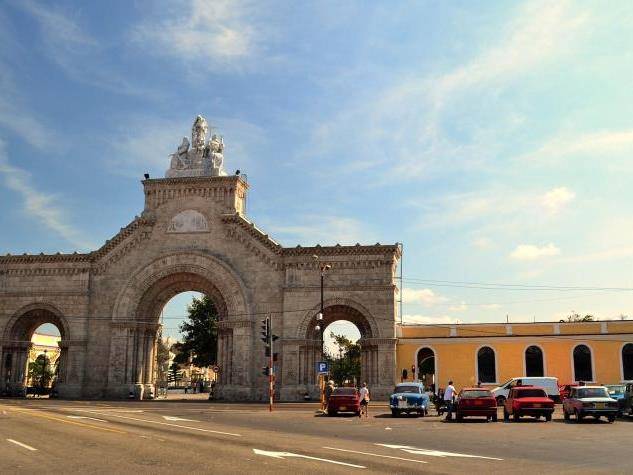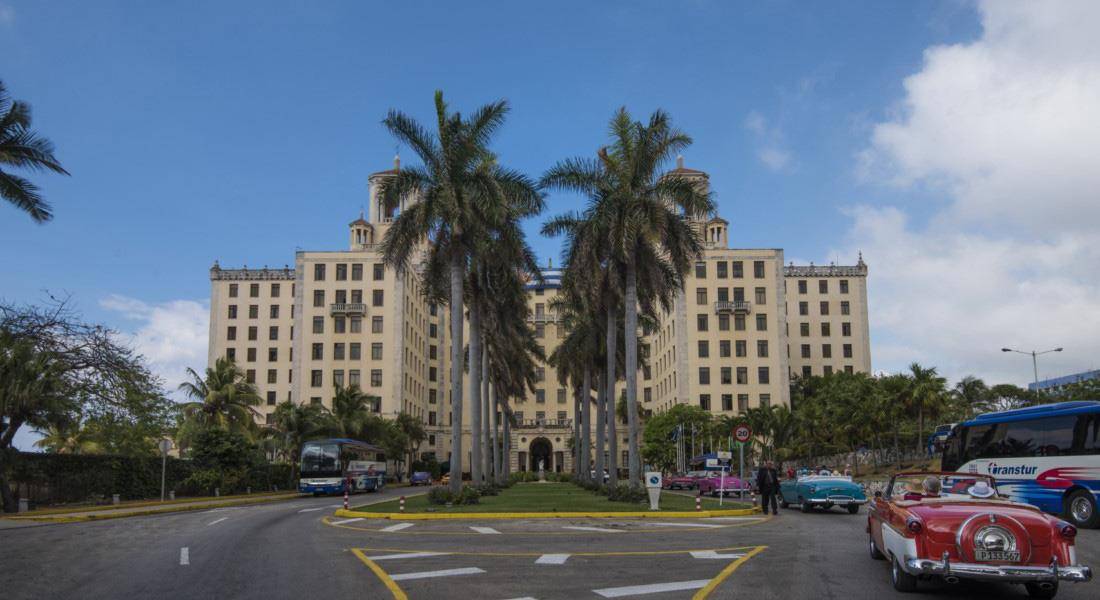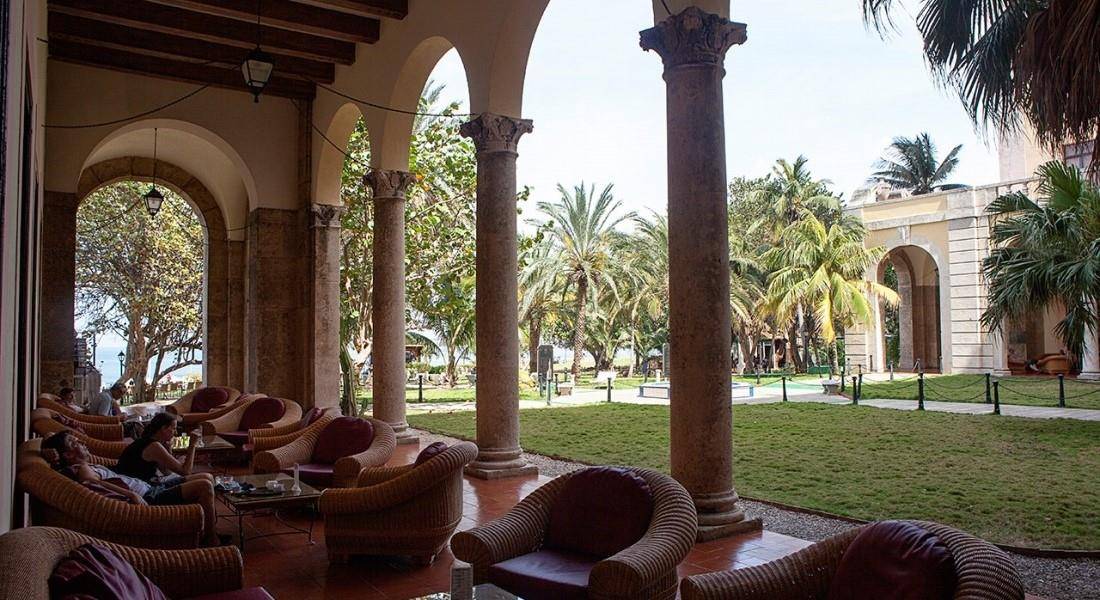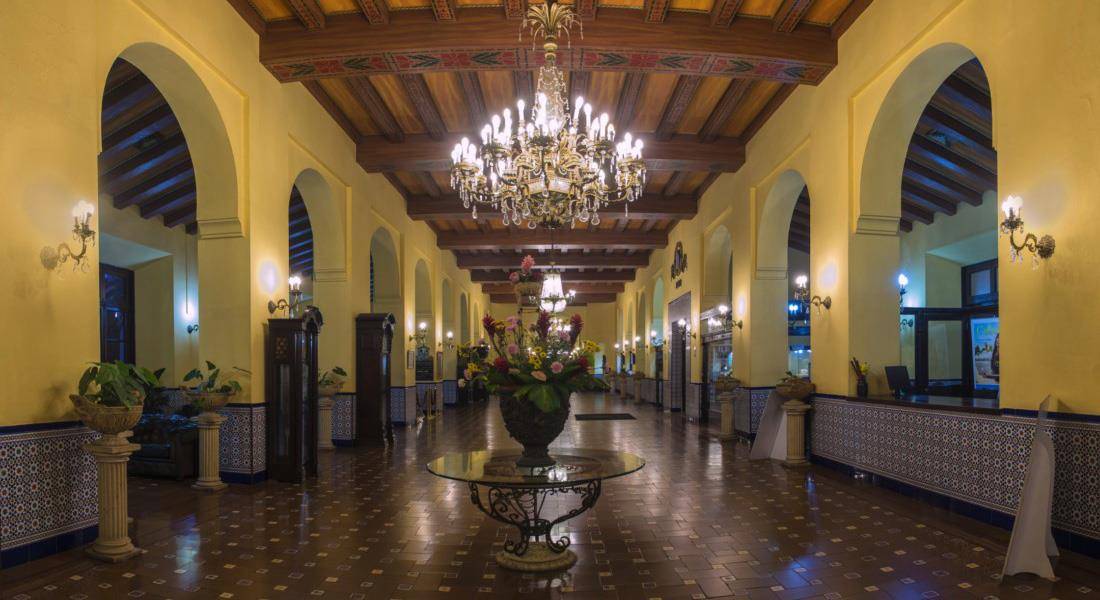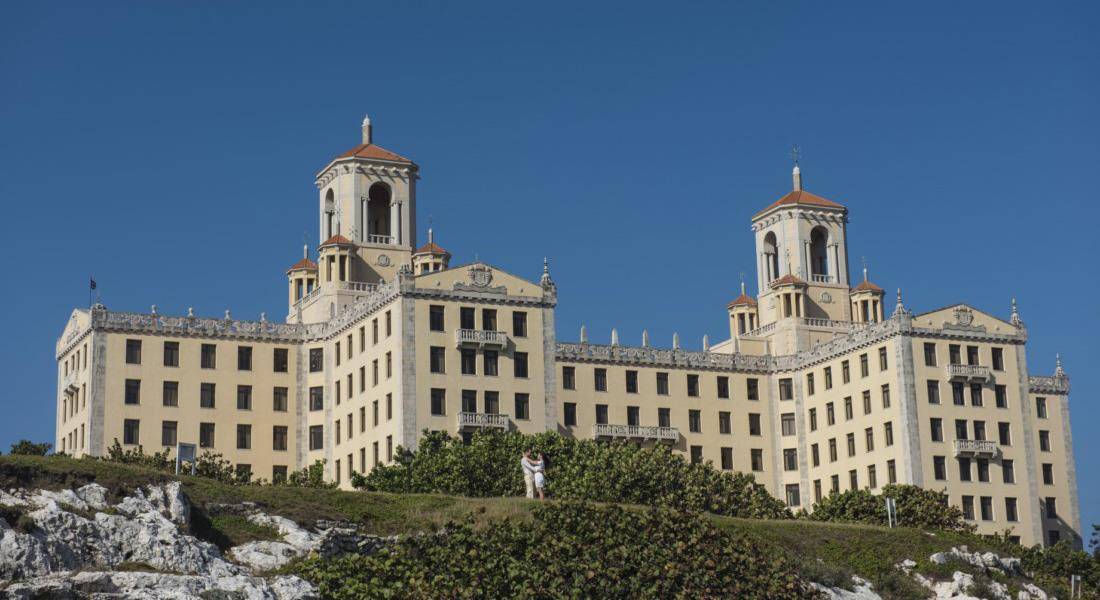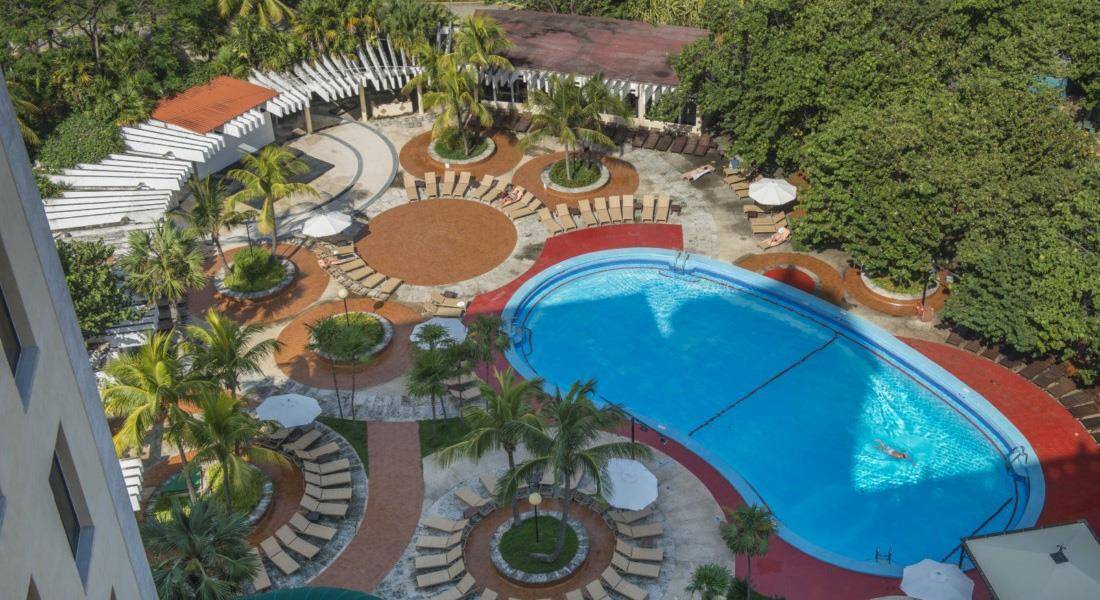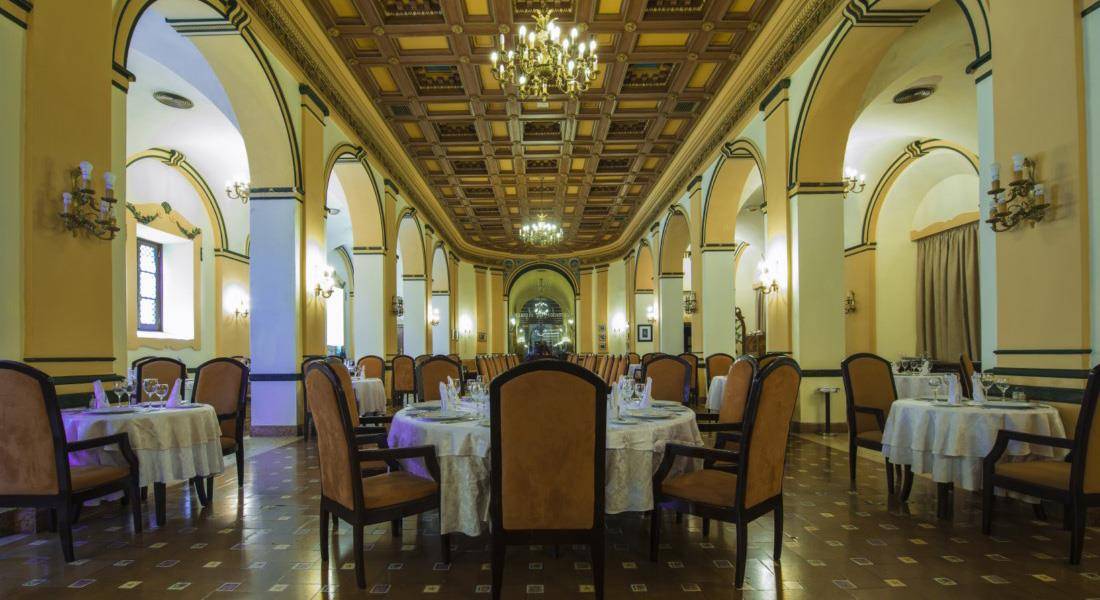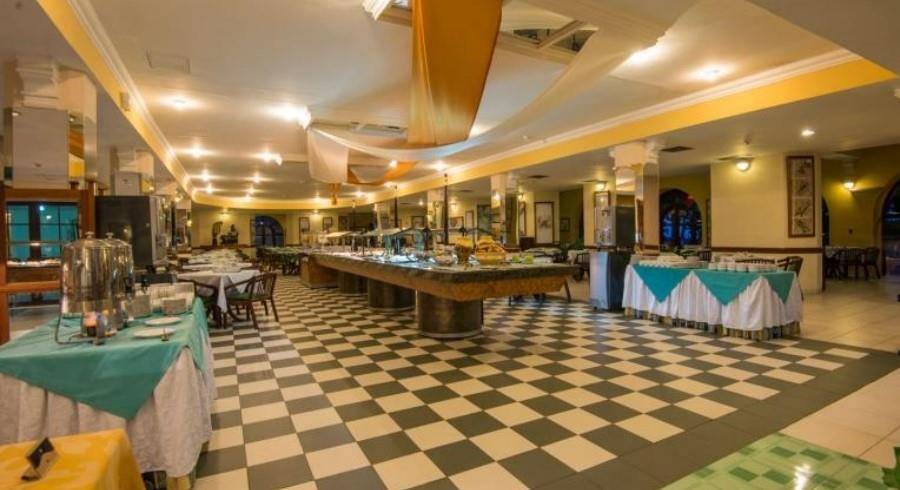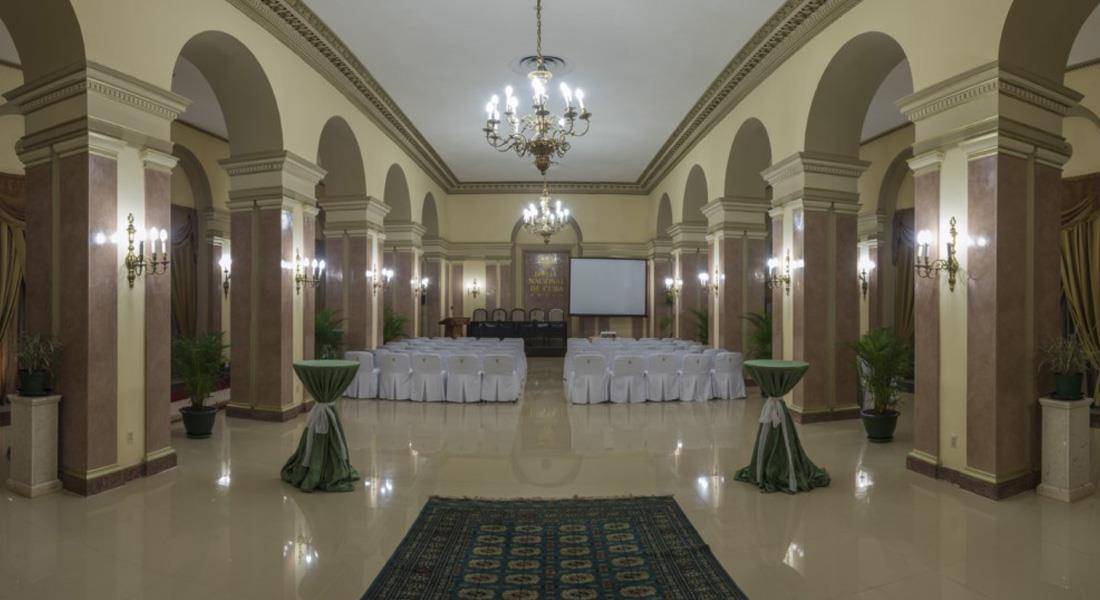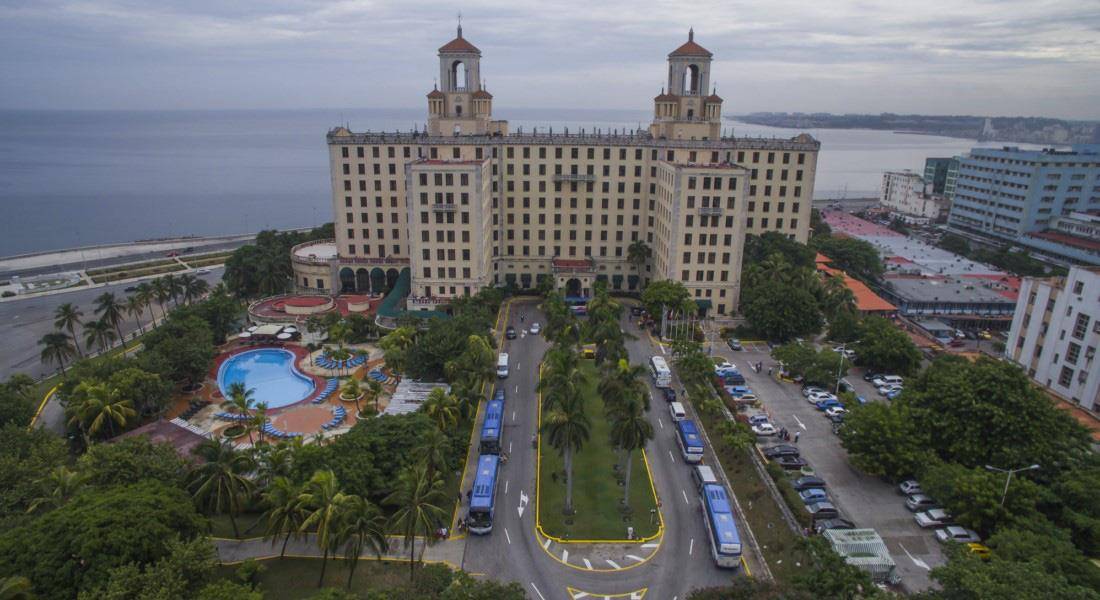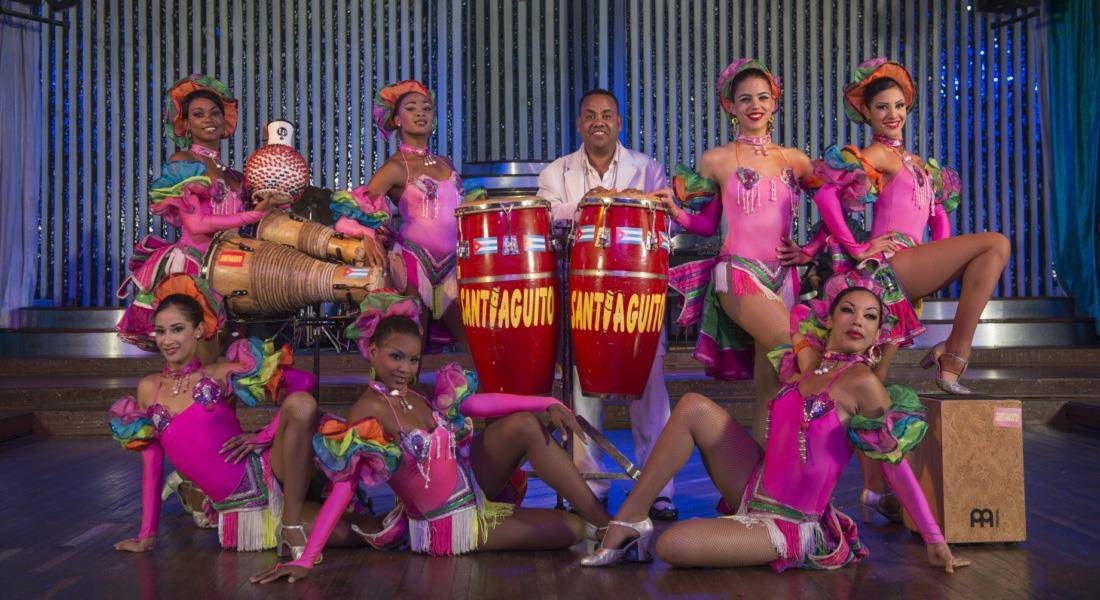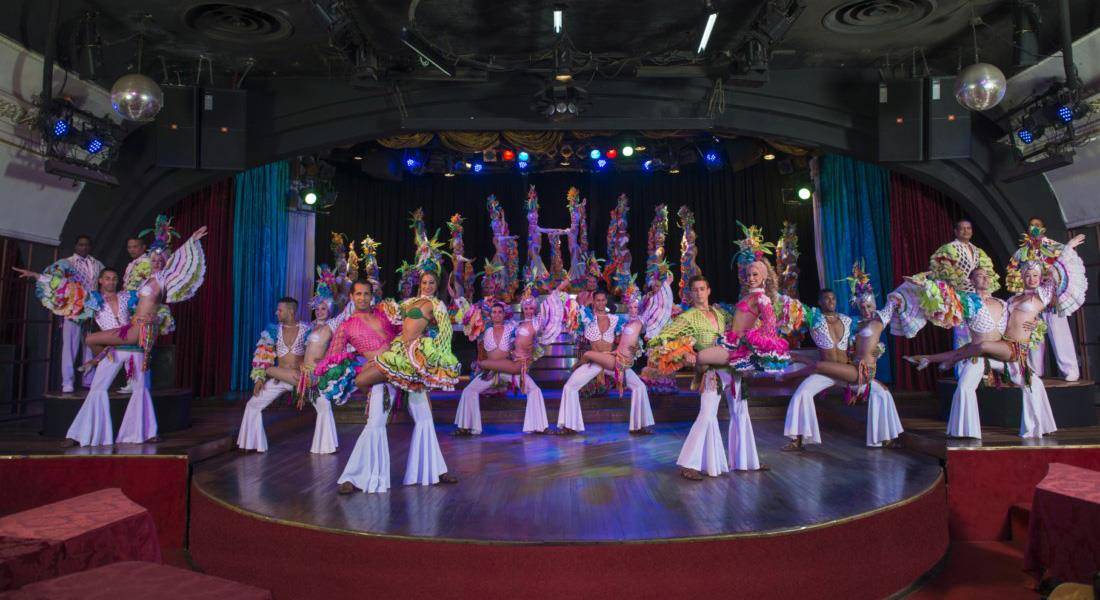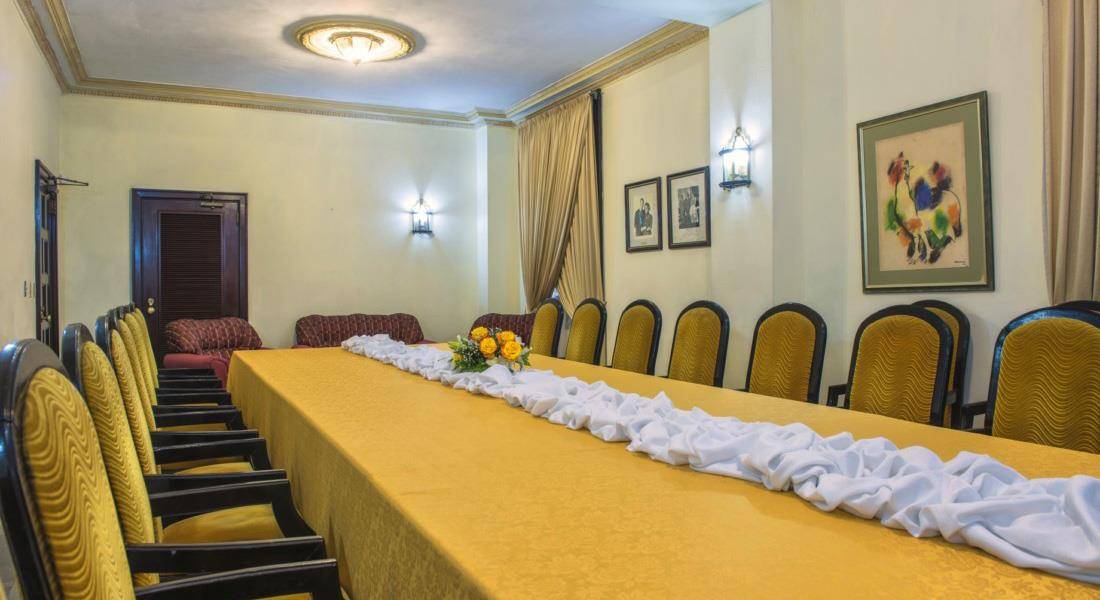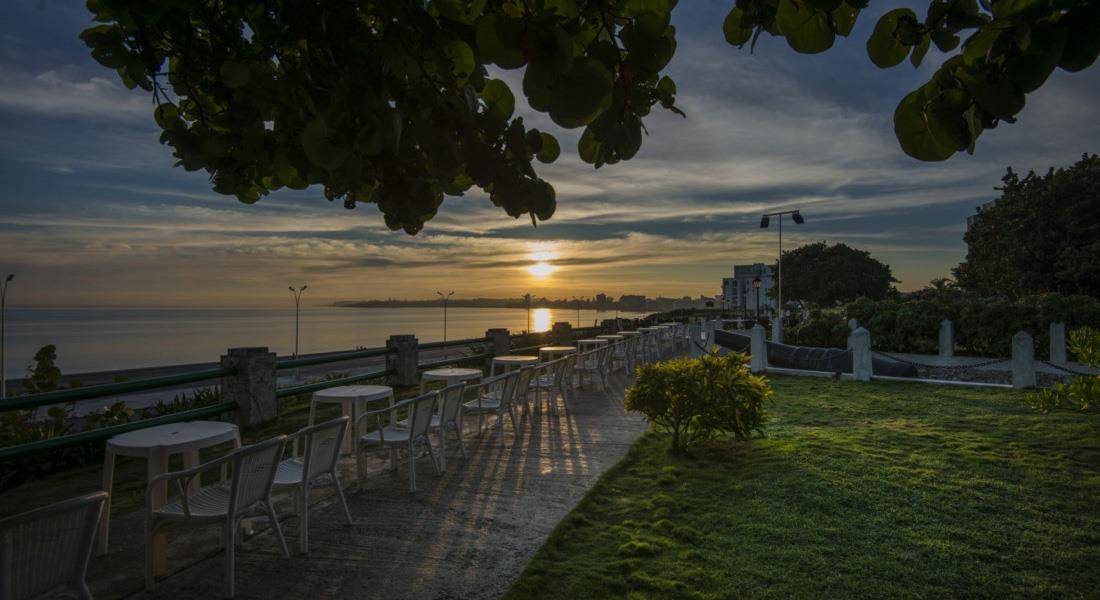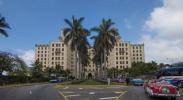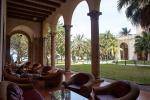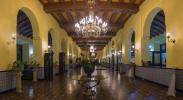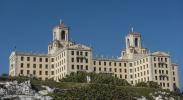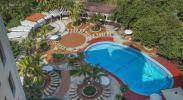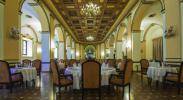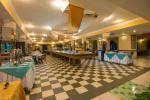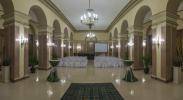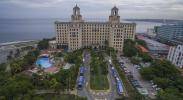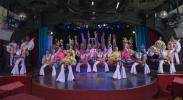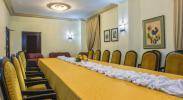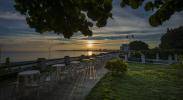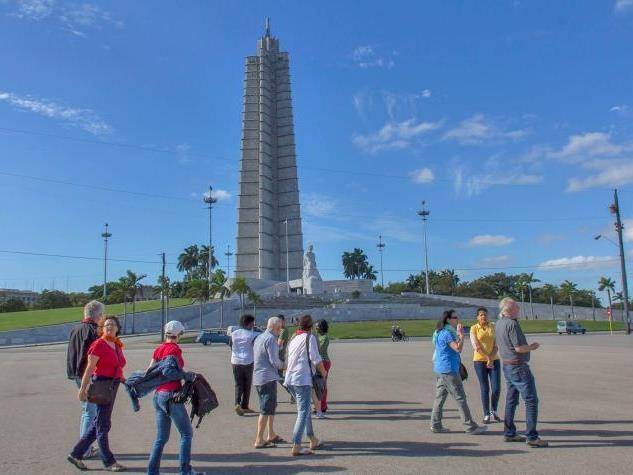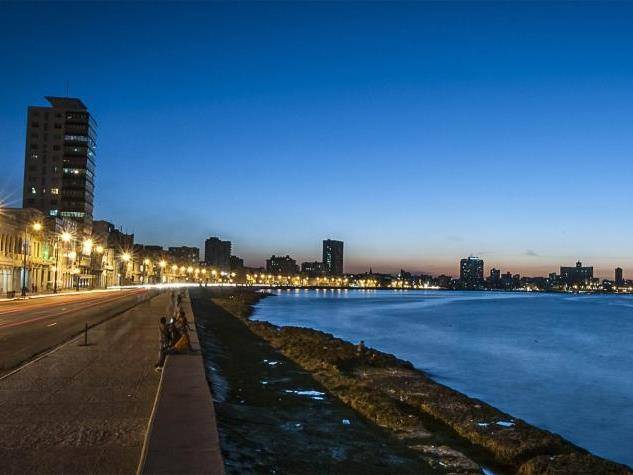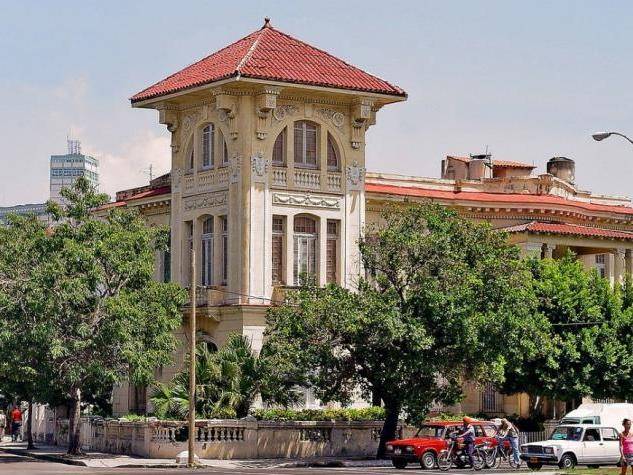About
Nacional de Cuba
So much has been written about the charismatic Hotel Nacional de Cuba. Built in 1930, the Nacional boasts a long and rich history – palpable today – and is part of what makes a stay here so unique.
From the palm-flanked pool to the breezy garden terrace, the Nacional has many attractive areas to linger or lounge. Tuck into one of the Chesterfield sofas under stunning chandeliers and carved wooden ceiling to see why this is a favorite spot of foreigners and Cubans alike.
The sloping garden with aerial Malecón views is perfect for enjoying a cappuccino, tuna sandwich, Cuban cigar or stiff cocktail. Dotted with palms and archetypical wicker furniture, it’s an oasis of tranquility. It is a popular meeting spot for local business people, visiting dignitaries and Cuban cultural icons.
Everything here channels the glory days of the 1950s, from the Bar Hístórico to the vintage American cars parked outside in the long, sweeping driveway. For full effect, rent one (with obligatory driver) for an hour or two. Hotel Nacional has always been allied to the film industry and is the headquarters for the annual Festival of New Latinamerican Cinema of Havana.
Music and dance are equally represented at the Nacional where extravagant shows are hosted nightly at the Cabaret Parisien, second only to the Tropicana. Meanwhile, Salon 1930 is dedicated to Compay Segundo (of Buena Vista Social Club fame) and his successors perform here weekly.
